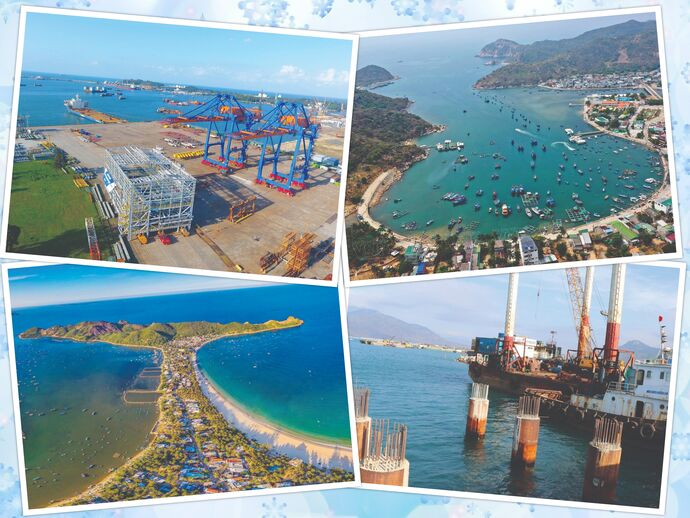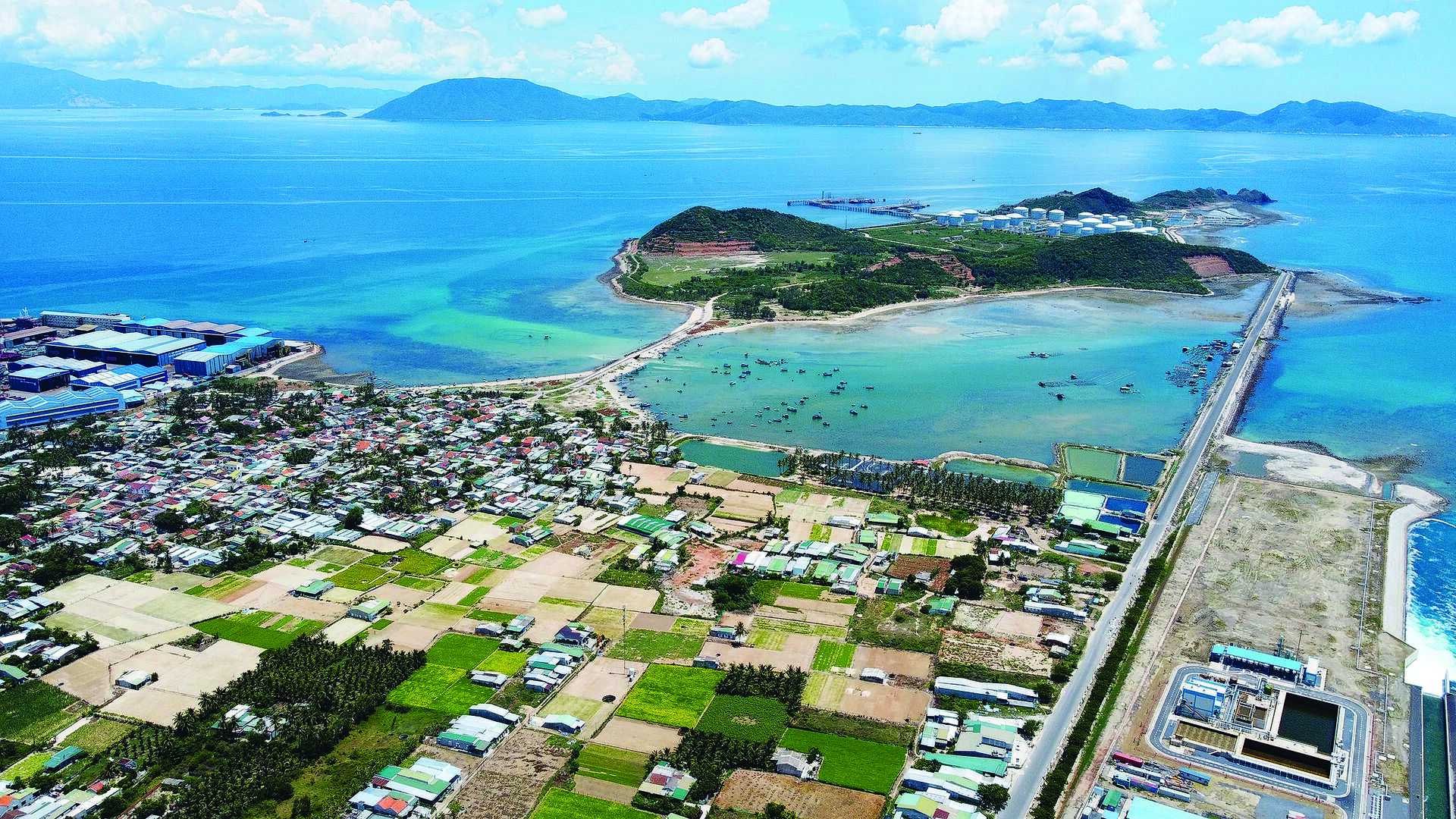
Critical Issues in National Marine Spatial Planning
Vietnam's marine and coastal spaces are full of many uses and environmental, social and economic issues. By conserving and restoring biodiversity, reconciling environmental protection and developing the “blue economy”…, marine planning is a key means to address these challenges.
>> Strategy for promoting the blue economy in the South
| Photo: Nguyen Thanh/VNA/CVN |
In the last 7H Session FifteenH Legislatively, the National Assembly adopted a resolution on marine spatial planning for the period 2021-2030, with Vision 2050. This national strategy for the sea and coast, developed within the framework of the Development Law, will constitute a regulatory and legislative framework that is the basis for maximizing the country's marine potential.
Vietnam has a long seafront of more than 3,260 km. With more than half of its population living in 28 coastal cities and provinces (out of 63), the country is full of numerous environmental, tourism, social and economic assets and issues. Maritime planning must enable the sustainability and management of existing and emerging marine uses and activities to achieve good environmental status.
rational use of resources
Realizing the role and importance of the sea and islands in national development, during its eighth conferenceH At the plenary session held in October 2018, the Central Committee of the Communist Party of Vietnam (CPV) for the 12th fiscal year adopted Resolution No. 36 on “Strategy for Sustainable Development of Vietnam’s Maritime Economy to 2030, with the Vision of “Horizon 2045”. The goal is to make Vietnam a “strong maritime country”, meeting the standards of sustainable development of the blue economy.
In implementation of the strategies and objectives contained in the resolution, the government commissioned the Ministry of Natural Resources and Environment to prepare the “National Maritime Space Planning for the period 2021-2030, with a vision for the horizon of 2050.”
“This is a difficult and complex task.“This first marine planning involves a global, integrated and multi-sectoral approach aimed at sustainable development of marine resources,” Minister Dang Quoc Khanh appreciated.
Its guidelines aim to ensure effective management and exploitation of maritime space, to better reconcile the development of the blue economy and environmental protection. Research in marine science and technology, international cooperation and the promotion of innovative sectors such as renewable energies occupy an important place. All this to make Vietnam a “strong maritime country”.
Very strong sea accessibility.
This development plan is a unique tool to support the comprehensive management of the country based on very strong maritime accessibility.
 |
| National marine spatial planning aims to exploit and enhance marine resources in a sustainable manner. |
| Image: VNA/CVN |
Marine planning extends to three dimensions: marine, air and land. The areas concerned include coastal areas, islands, archipelagos and marine protected areas; the air space corresponding to the marine space; and land activities located on the coast and those that have an impact on the marine space.
In each of these areas, the plan aims to exploit and develop marine resources in a sustainable manner. It highlights key core policies such as promoting the marine domain in economic development and defending Vietnam’s sovereignty, and the need to align marine economic development with environmental protection and marine biodiversity conservation.
It also concerns raising public awareness of marine issues by promoting intangible marine heritage, historical traditions and national maritime identity; intensifying integrated and unified management of natural resources, protecting the marine environment, preserving biodiversity and combating climate change; without forgetting the mobilization of public investment, international cooperation and funding in marine science, technologies and human resources.
Synchronized and modern infrastructures
For buildings and archipelago, it is necessary to achieve synchronized and modernized infrastructure construction in certain economic zones (Van Dôn, Cat Hai, Phú Quôc) in close proximity to high-tech and tourism sectors. luxury.
 |
| General view of Van Phong Economic Zone in Khanh Hoa Province (center). |
| Photo: Hui Hong/VNA/CVN |
At the same time, the goal is to rehabilitate 12 marine protected areas and put four more into service before 2025 (Hon Me, Hai Van – Son Tra, Nam Yit and Phu Quoc). It is also important to develop new areas with the goal of having 40 areas in service.
According to Ds. Ta Dinh Thi, Vice Chairman of the Committee on Science, Technology and Environment of the National Assembly, considers national marine spatial planning an important tool for realizing the national master plan and establishing an effective management and exploitation basis for natural resources, while contributing to the development of the blue economy and ensuring national defense and security.
Moreover, the airspace included in the plan is designed for defense, security, civil aviation development, rescue activities and scientific research purposes based on compliance with Vietnamese and international law as well as international agreements and treaties signed by Vietnam.
Finally, marine encroachment activities should minimize their impact on marine and coastal ecosystems, increase landscape value and enhance marine assets, while expanding development space in coastal and island areas.
May Hong / CVN

“Organizer. Social media geek. General communicator. Bacon scholar. Proud pop culture trailblazer.”
